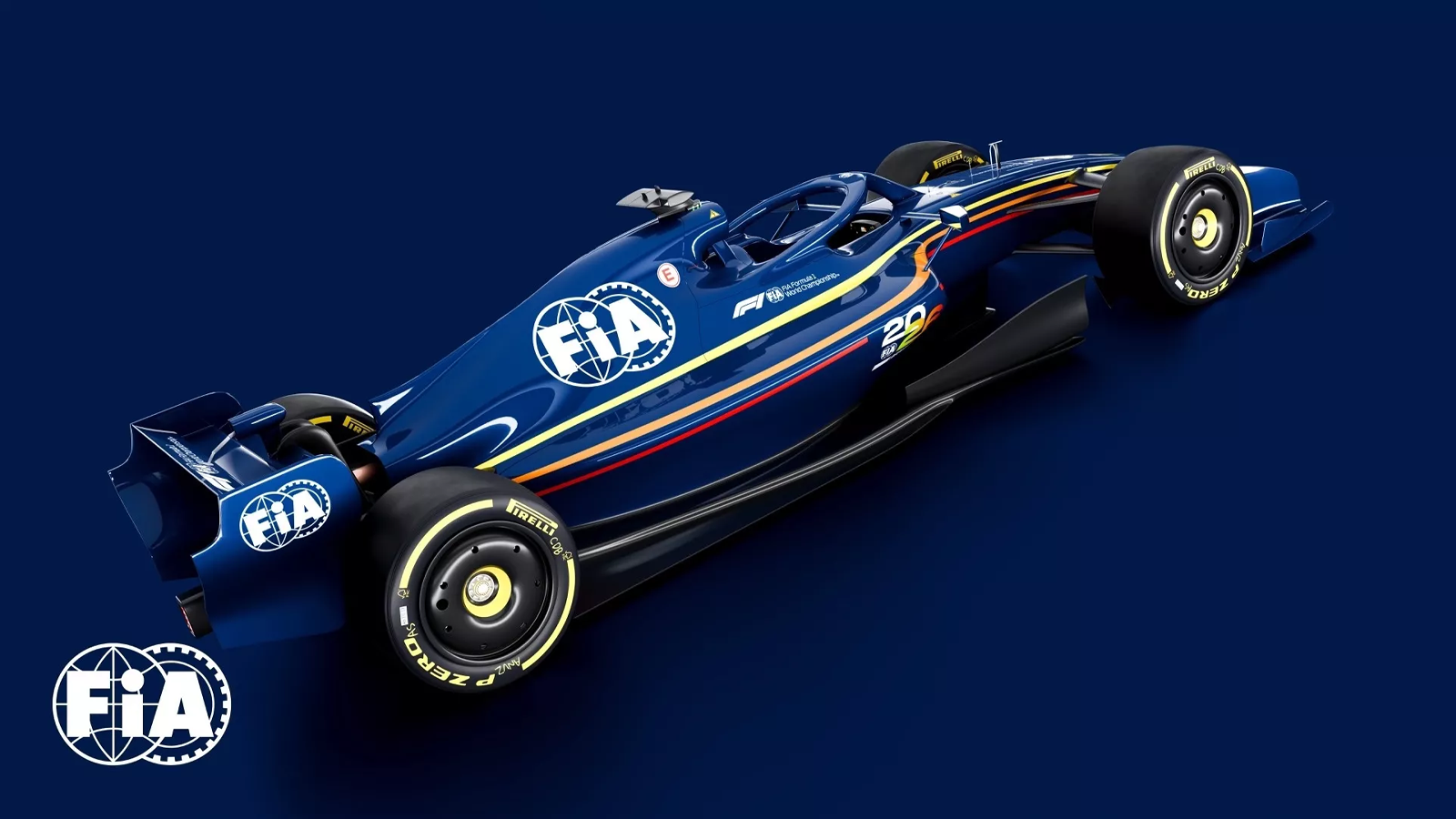Formula 1's New Regulations For 2026: 8 Things to Know
From car size reductions to sustainable fuels, explore the key changes shaping the future of Formula One racing in 2026.


















Dawn of a New Era
Another shuffle of the Formula One regulations is upon us for 2026. This will mark a significant departure from many of the aspects of the sport we've gotten used to. And in many ways, it will be the beginning of a new era for the pinnacle of motor racing. The technical details of these new regulations can be confusing to even the most seasoned fans. So let's break down the key changes we'll be seeing on the track.
1. Smaller and More Agile Cars
The new 2026 regulations significantly reduce the size of F1 cars, aiming to improve maneuverability and overtaking. The maximum wheelbase will be reduced by 200mm (7.9 inches) to 3400mm (133 inches), and the width will be cut by 100mm (3.9 inches) to 1900mm (74.8 inches). Additionally, the minimum weight will drop by 30 kg (66 lbs) to 768 kg (1,693 lbs), and the width of the front and rear tires will be reduced, making cars lighter and more nimble, especially on tighter circuits like Monaco and Imola.
2. Simplified Aero and Moveable Wings
Active aerodynamics will replace the current Drag Reduction System (DRS). The moveable front and rear wings will enhance performance by adjusting downforce and drag dynamically. Unlike the DRS, which is limited to overtaking zones, drivers can activate this system as needed around the track. This system aims to reduce downforce by 30% and drag by 55%, contributing to higher speeds and better overall handling.
3. Hybrid Power Boost
The 2026 engines will feature an almost 50/50 power split between internal combustion and electric power, with a significant increase in electrical energy output. The complex MGU-H unit, which converts waste heat to electrical energy, will be eliminated. In its place, the MGU-K will deliver up to 350 kW (469 hp), providing a more powerful yet simplified power unit. This change is expected to make engines more efficient and reduce costs while maintaining high performance.
4. New Overtaking Aid
Replacing DRS, a new overtaking aid will be introduced to manage the deployment of electrical energy. This system will allow drivers within one second of the car ahead to unlock extra electric power, granting them a speed advantage. The car in front will have its electrical energy deployment reduced above 290 km/h (180 mph), while the pursuing car will maintain a boost up to 337 km/h (209 mph), promoting closer racing and more overtaking opportunities.
5. Focus on Safety
Safety enhancements will include stronger chassis requirements, with improved protection for the driver’s safety cage and fuel cell area. A new two-stage nose design will better absorb impacts and help maintain the structure of the car during collisions. These changes aim to increase driver safety and reduce the risk of severe injuries during high-speed crashes.
6. Sustainable Fuels
Formula One will switch to fully sustainable, 100% drop-in fuel by 2026. This move aligns with the FIA's goal of achieving net zero carbon emissions by 2030. The sustainable fuel will be compatible with any internal combustion engine (ICE), promoting environmental sustainability while maintaining the high-performance standards of F1.
7. Diverse Engine Manufacturers
The simplified engine rules have attracted a record number of power unit suppliers for 2026, including Ferrari, Mercedes-AMG, Renault, Honda (partnering with Aston Martin), Audi, and Ford (partnering with Red Bull Powertrains). This diverse participation underscores the success of the new regulations in making F1 more accessible to new manufacturers, fostering competition and innovation.
8. Final Regulation Milestones
The final version of the 2026 regulations will be published after crucial meetings, with adjustments expected before the new era begins. This period will be critical in refining the rules to ensure the quality of racing and addressing potential unintended consequences. Teams will need to adapt to these changes and optimize their designs for the new regulations.
>>Join the conversation about the 2026 F1 regulations right here on MBWorld.org
For help with your maintenance and repair projects, please visit our How-to section in the forum.
